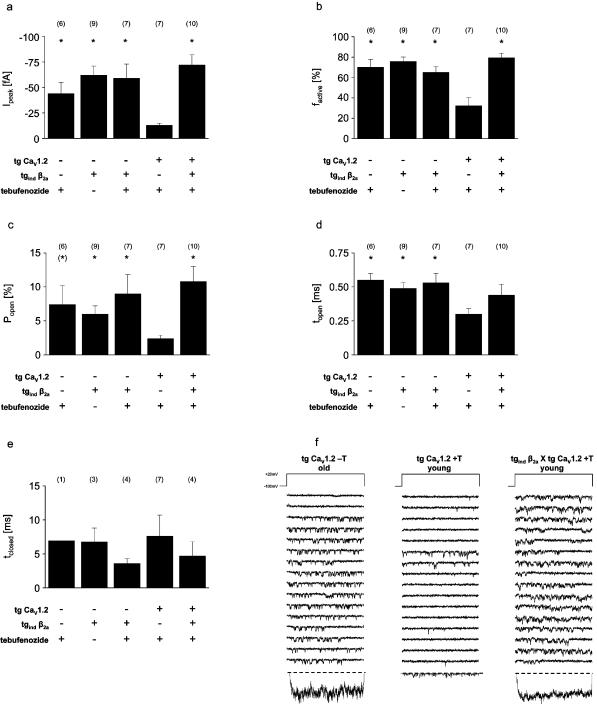Figure 5. Gating of single L-VDCC in ventricular myocytes from mice showing cardiac overexpression of Ca2+-channel subunits.
(a–e) Single-channel gating parameters of ventricular L-VDCC from murine hearts. Compared to 4–5 months old mice showing a cardiac overexpression of the human CaV1.2 (tg CaV1.2), the inducing compound tebufenozide (T) significantly increased single L-VDCC activity in ventricular myocytes from age-matched double-transgenics (tg Cav1.2×tgind β2a, showing an additional inducible β2a-overexpression) 48 h after drug administration. Overexpression of the β2a-subunit without overexpression of the human Cav1.2 does not alter single-channel gating (cp. Figure 4c). Tebufenozide treatment does not affect single-channel gating in ventricular myocytes from wild-type mice. Data were obtained by patch-clamp recordings using cell-attached configuration (charge carrier: 70 mM Ba2+; holding potential: −100 mV; test potential: +20 mV for 150 ms). *p<0.05 and (*)p<0.09 compared to tg Cav1.2 in Student's t-test. Number of underlying experiments is given in parentheses.
(f) Exemplary traces of single-channel recordings from murine ventricular myocytes. Activity of single L-VDCC is clearly higher in old (≥9 months, failing) tg CaV1.2 compared to channels from young (4–5 months, non-failing) tg CaV1.2. Induction of β2-overexpression in hearts of young tgind β2a×tg CaV1.2 by tebufenozide mimicks the heart-failure phenotype of L-VDCC gating otherwise not observed until tg CaV1.2 enter the “Maladaptive State” at an age ≥9 months. T = tebufenozide. Data were obtained by patch-clamp recordings using the cell-attached configuration (charge carrier: 70 mM Ba2+; holding potential: −100 mV; test potential: +20 mV for 150 ms). Bottom traces show average currents from the respective experiment.

